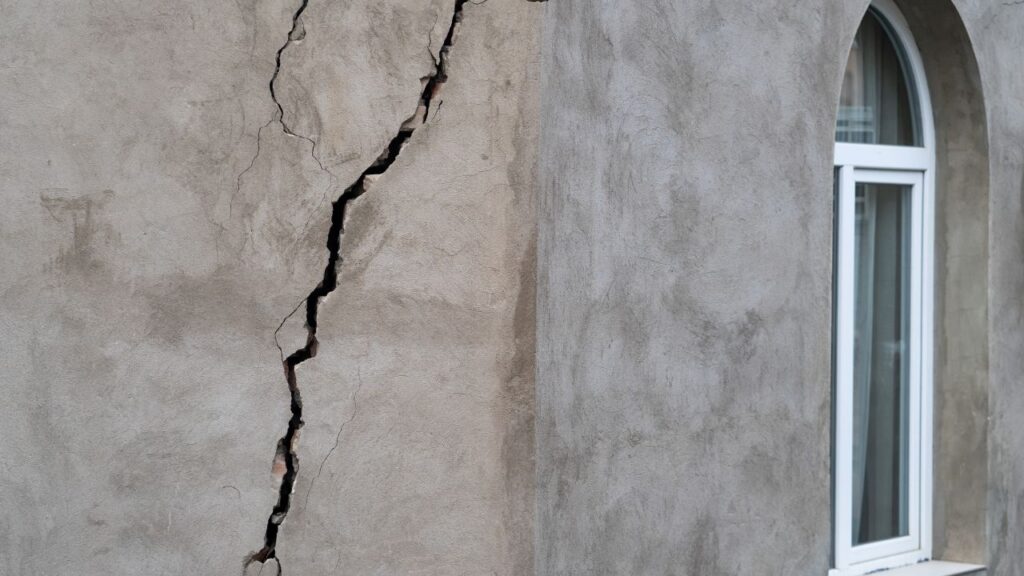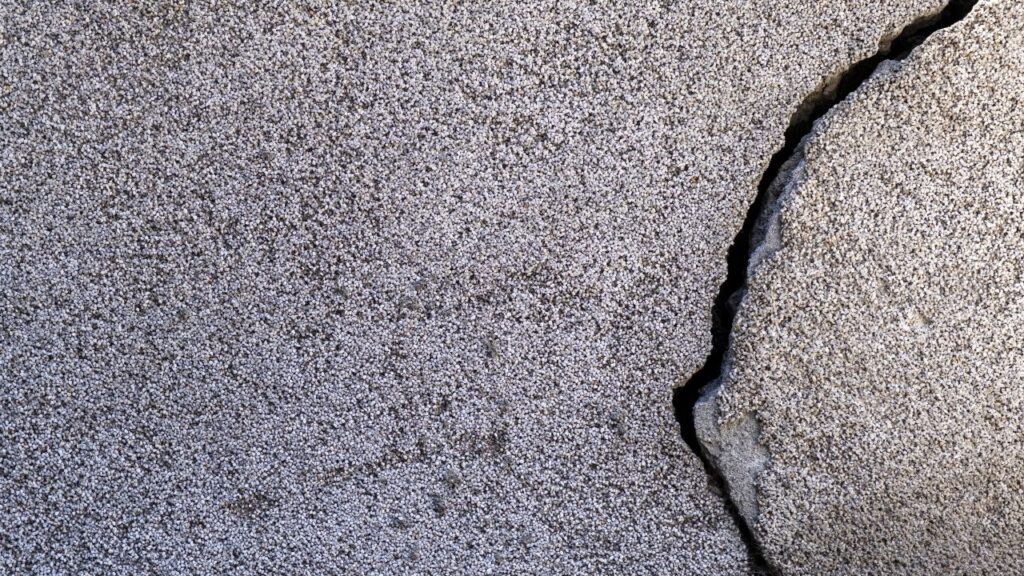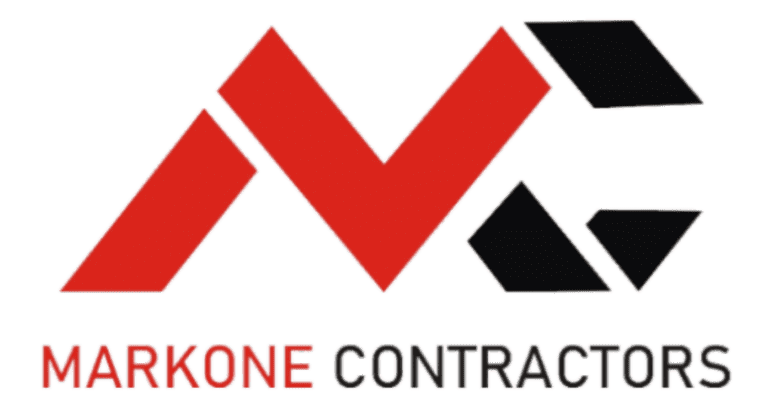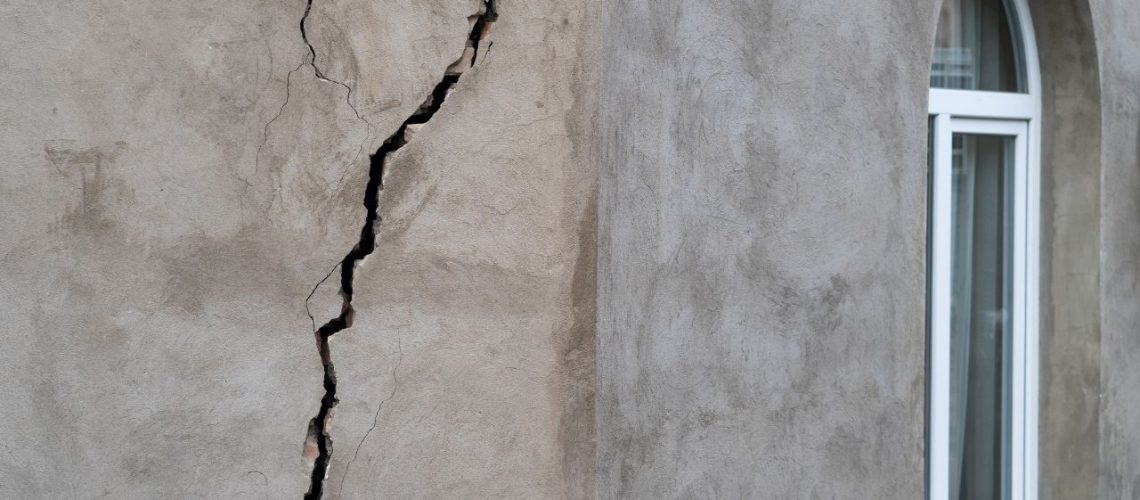How To Repair Concrete Cracks?
Concrete cracks can be a common problem for property owners. It’s essential to repair them, to stop more damage and keep your concrete structures lasting longer. To repair cracks:
- Assess the damage,
- Clean the area,
- Then fill the crack with a suitable material.
You need to wait for the repaired area to dry. Different materials can be used for the fillers, like epoxy or polyurethane-based sealants – depending on the crack’s size and type. For large or deep cracks: get a pro to help.

To stop future cracks, inspect your concrete structures regularly. Seal any cracks and use protective coatings as needed.
Pro Tip: When working with concrete repair products, use safety gear – like gloves and eye protection. Why settle for one crack? Get a whole network!
Understanding Concrete Cracks
To understand concrete cracks and fix them, you need a comprehensive understanding of types and causes of concrete cracks. In this part, you’ll get a detailed insight into different types of concrete cracks with an explanation of how they form. Additionally, learn what causes concrete cracks and how to prevent them effectively.
Types of Concrete Cracks
Concrete cracks can cause structural issues. Let’s take a look at three of the most common ones:
Column shear cracks | Diagonal tension cracks | D-Cracks |
|---|---|---|
Vertical cracks in columns | Slanting & rotating breaks due to tension | Shaped like a letter D from freeze-thaw cycles |
Identifying the type of crack helps determine its intensity & root cause. Previously, diagonal tension cracks & D-cracks were only linked to subbase issues. Now, studies point to other contributors such as inadequate curing & low air content.
Did you know vertical cracking on columns can indicate corrosion on steel reinforcements?
Knowing the types of concrete cracks can help avoid costly repairs by recognizing preventive measures early. So why settle for a boring driveway when you can have a unique masterpiece of abstract art? Thanks, concrete cracks!
Causes of Concrete Cracks
Cracks in concrete can be caused by many things. Like extreme weather, excess heat or cold, and drying shrinkage. The wrong mix or too much load on the ground can also create cracks. These can weaken a structure and even cause it to fail.
Corrosion or chemical reactions between different materials may lead to cracks, too. Also, if concrete isn’t cured properly, surface cracking or spalling can occur. It’s important to fix the problem with the right preventive measures.
Aging infrastructure is a serious problem around the world. For example, New York City has about 60% that needs maintenance and repair.

This is due to degradation of materials and manufacturing processes over time.
To keep your concrete cracks in check, use these simple repairs and maintenance steps.
Steps to Repair Concrete Cracks
To repair concrete cracks with ease, follow these simple steps for a successful repair. Preparation, filling the crack, and smoothing and finishing are the essential sub-sections in this process. Each step should be carried out with precision and attention to detail to ensure the repair is long-lasting and effective.
Preparation
Before repairing concrete cracks, it’s vital to get the surface ready. Doing this will make your repair job look great! Here’s a 5-step guide:
- Use a stiff-bristled brush to remove loose debris, including small chunks of concrete.
- If there are grease or oil stains, use a degreaser and a pressure washer.
- Clean any remaining debris with water and let it dry.
- Apply paint thinner or acid etching solution to remove leftover residue.
- Rinse everything down and wait until all dampness is gone.
Be sure not to miss any stray material. If you don’t prepare the surface, the repair may pull away from the slab.
Also, evaluate which remedy works best for specific cracks. In ancient societies, they had evolved methods of cement mixing to build intricate road networks, avoiding military impasses. Now it’s time to fill those cracks before they weaken your concrete!
Filling the Crack
To fix concrete ruptures, fill the crevices. Steps to follow:
- Examine and clean crack before filling.
- Use concrete patcher or filler for small cracks. Utilize epoxy injections for bigger ones.
- Add sand to the filler for color matching.
Apart from these, take care of other factors. No air pockets in bigger gaps. Ensure favorable weather during process.
If not, it can affect durability & strength of structure. So, patience & diligence are key for sturdiness of repair.
In conclusion, caulk & effort can help smooth out concrete cracks. Don’t forget ibuprofen for sore muscles after!

Smoothing and Finishing
For a polished final look, let’s apply the last touches to the repair work on the concrete cracks. Start by clearing away debris and dust with a broom or vacuum. Then, spread a thin layer of cement paste with a trowel. After that, use a float tool to smooth out any ridges or bumps. Make sure to follow the manufacturer instructions for curing time. Next, sand down any remaining rough spots or bumps with fine-grit sandpaper. Lastly, seal and protect with a concrete sealer.
It’s worth noting that taking time during this stage can save you from further repairs down the road. Ancient Rome used concrete extensively in their architectural marvels – many of which are still standing today due to their high-quality materials and intricate designs. So, we need more than just a Band-Aid and duct tape to make those cracks look good!
Tools and Materials Required
To prepare for repairing concrete cracks with efficiency, you need to equip yourself with the right tools and materials. In this section, “Tools and Materials Required,” we’ll discuss the essential equipment you’ll need to make your concrete crack repair a success. Specifically, we’ll cover “Tools for Preparation” and “Materials for Filling” sections that will make your task easier and ensure a durable fix.
Tools for Preparation
It is important to have the correct tools for your project. Here are the essentials:
- A measuring tape for accurate measurements.
- A spirit level to keep your work straight and level.
- A hammer and nails, screwdriver and screws, or a glue gun – depending on the material.
- Sanding paper or an electric sander for smooth surfaces.
- Paintbrushes, rollers and trays for painting.
- A mask and gloves when working with dangerous materials.
In addition, it is important to keep a clean workspace and tidy tool cabinet. This helps protect your tools from damage and makes it easier to find them when you need them.
Use this list to decide what tools you need for your project. Make sure to get all of the necessary items. Having the right tools will make your job easier and faster. Start today! Don’t forget to stock up on materials for filling – nothing beats a DIY project.
Materials for Filling
For filling, you need essential elements for secure and efficient filling.
- Choose a material for the type of surface damage.
- Get knives or abrasives for spreading and leveling.
- Acquire a sanding block or machine for smoothing.
- Pick a compatible primer for your surface.
- Get cheese cloth or tack cloth for debris after sanding.
- Safety gear such as masks and gloves when handling chemicals.
Ensure that products are of high quality and compatible. Professional help can ensure an optimal outcome.
Follow manufacturer instructions when using any filling material and related products.
Why not DIY? A bit of sweat, YouTube tutorials and band-aids.
DIY vs Professional Repair
To understand whether you should try DIY or hire a professional for repairing concrete cracks, read this section on DIY vs Professional Repair. Weighing the pros and cons of DIY repair and the advantages of professional repair will help you decide the best course of action.
Pros and Cons of DIY Repair
Weighing up the pros and cons of DIY mending is different to getting professional help.
Pros of DIY repairs include:
- Cheaper option
- Chance to be creative
- Feeling proud of your work
- Information online
Cons include:
- Risk of hurting yourself or the item
- No guarantee it’ll work
- May lose warranty/insurance
- Takes a long time
When deciding, think about your skill level, how much you’re willing to risk, the budget and how urgent the job is.

Advantages of Professional Repair
Considering a fix for something broken? The option you choose depends on your skill level and the severity. Hiring a professional offers plenty of advantages, like:
- Experience – Years of similar issues solvable quickly.
- Guarantee – If issue reappears, no extra cost to fix it.
- Equipment – Specialised tools not available to DIYers.
Plus, they provide better understanding of future problems and insider knowledge of parts and suppliers.
Apple offered a free fix for iPhone 6 batteries, but technicians noticed adverse side effects when non-standard replacements were used. This shows why choosing a professional is often best.
Preventing Future Concrete Cracks
To prevent future concrete cracks with regular maintenance and inspection, and using reinforcement and expansion joints are the solutions. By implementing these sub-sections, you ensure that your concrete stays free from damage and maintains its aesthetic beauty.
Regular Maintenance and Inspection
Ensuring long-term durability of concrete needs regular maintenance and inspection. This involves analyzing the structure, identifying risks and defects, and addressing them quickly. Here’s a 6-step guide for ‘Routine Inspections’:
- Visually inspect surface for cracks, spalling or discoloration
- Accurately record observations
- Check for proper drainage
- Look for erosion or chemical corrosion
- Detect any structural changes
- Maintain records of inspections and repairs
Humidity and other external factors can lead to concrete deteriorating. Timely inspection reveals issues needing immediate repair, saving costs.
Infrastructure in cities experience huge pressure. A few years ago, a multi-floor parking complex had weak spots that went unnoticed until extensive cracks developed. Restoring it took a lot of time and money.
In conclusion, keeping an eye on concrete – whether existing or new – is important. Regular inspections prevent damage from getting out of hand. Strengthen concrete with metal and create expansion joints for it to expand.
Using Reinforcement and Expansion Joints
Concrete structures are vulnerable to cracking due to temperature changes and shifting soil. To battle this, reinforcement and expansion joints can be utilized. Steel bars or mesh are added prior to pouring concrete, providing strength and distributing load equally. Expansion joints are placed at intervals to give room for contraction or expansion when temperatures vary.
It’s important to remember that reinforcement and expansion joints may not always guarantee protection from cracking. It is best to get a licensed expert for proper installation.

Pro Tip: Regular maintenance of concrete structures can help prevent cracking. Identify small cracks and seal them before they become bigger problems.
Concrete may crack, but our laughs remain as unbreakable as ever!
Conclusion
Summing up, repairing concrete cracks can be done with epoxy, polyurethane sealant, or mortar mix. Identifying the type of crack is key. Preparing the crack surface also is important.
Prevention is better than cure. Regularly maintain the concrete and fix any new cracks quickly. By taking a proactive approach, long-term maintenance costs can be reduced.
For the best outcome, consult a professional contractor or engineer. They can decide the seriousness and suggest the right repairs. In conclusion, being aware of concrete cracks and dealing with them promptly will help property owners keep their surfaces sturdy for years.
Frequently Asked Questions (FAQs)
The best way to repair concrete cracks depends on the size and severity of the crack. For small cracks, you can use a concrete patching compound, while larger cracks may require an epoxy or polyurethane injection.
Yes, small cracks can be repaired by homeowners themselves with the right tools and materials. However, larger or more severe cracks should be repaired by a professional.
The time it takes to repair concrete cracks depends on the size, severity, and type of repair method used. Smaller cracks can be fixed in a few hours, while larger repairs may take several days to complete.
While it’s impossible to completely prevent all concrete cracks, proper installation techniques and regular maintenance can help minimize the likelihood of cracks forming.
Regular cleaning and sealing of the concrete can help prevent future cracks from forming. Additionally, avoiding heavy foot or vehicle traffic in certain areas can also help prolong the lifespan of the repaired concrete.

